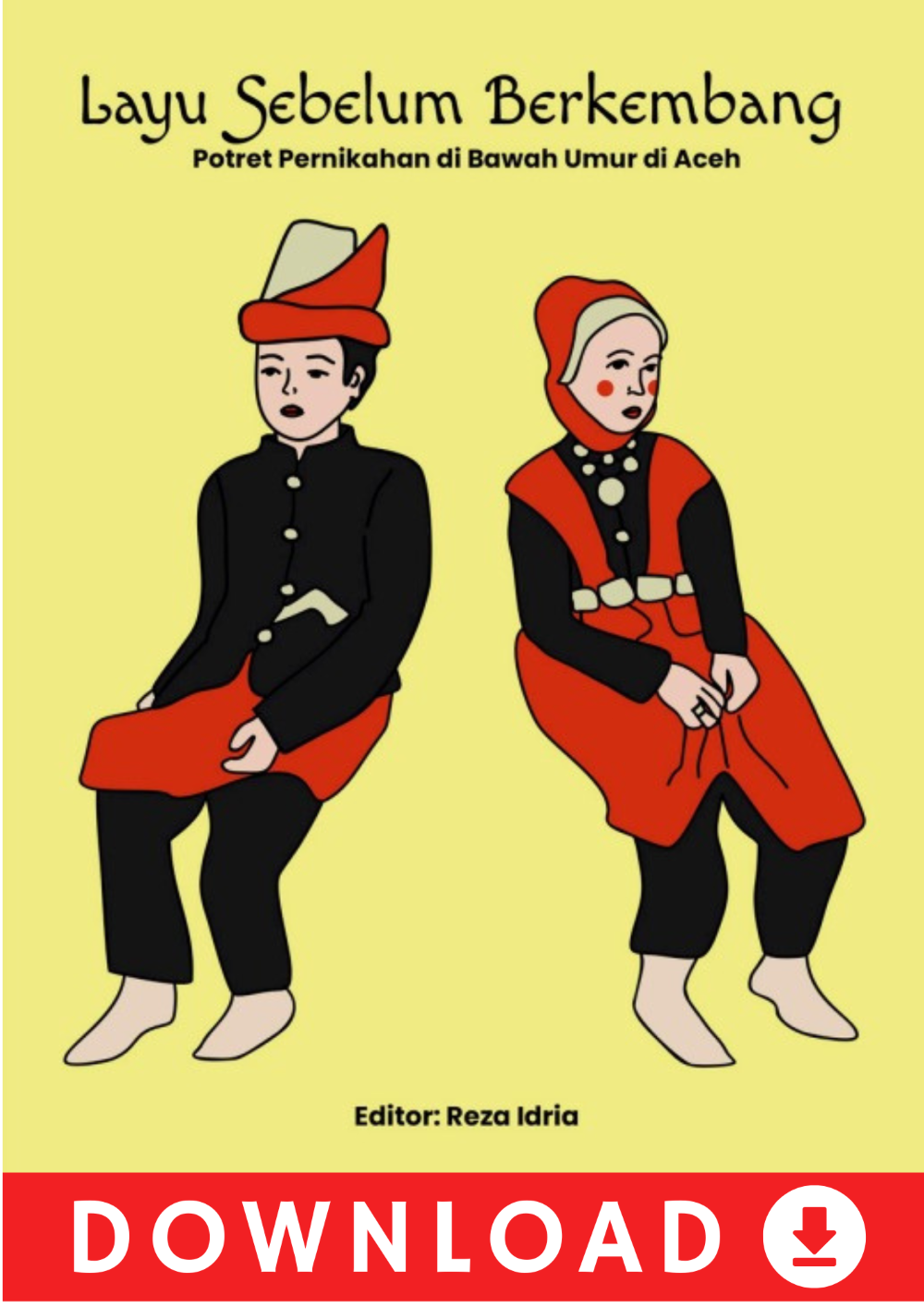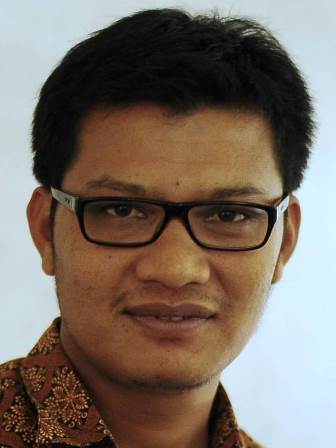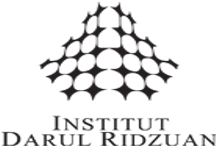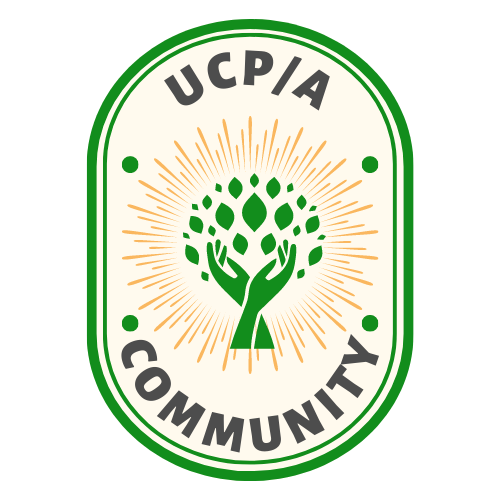By : Faishal Zakaria
Writer is an LPDP awarde and is currently working on his PhD in Literacy, Culture, and Language Education (LCLE) at Indiana University Bloomington, Indiana, USA
Email : fzakaria@indiana.edu
 “Have you plagiarized?” Surely, no one would be happy to be asked such a question because the question indicates that a form of academic dishonesty has allegedly been performed. In the West, issues of plagiarism would be seriously addressed and the perpetrators would be severely punished. Many important people have been forcibly removed from their positions because they were accused of committing acts of plagiarism or there were many cases where universities had to revoked academic degrees they had awarded because the holders were believed to have plagiarized their academic works. Similarly, issues of plagiarism have also been deemed crucial in Indonesia. Nonetheless, cases of plagiarism keep appearing. What is wrong here? Who is to be blamed?
“Have you plagiarized?” Surely, no one would be happy to be asked such a question because the question indicates that a form of academic dishonesty has allegedly been performed. In the West, issues of plagiarism would be seriously addressed and the perpetrators would be severely punished. Many important people have been forcibly removed from their positions because they were accused of committing acts of plagiarism or there were many cases where universities had to revoked academic degrees they had awarded because the holders were believed to have plagiarized their academic works. Similarly, issues of plagiarism have also been deemed crucial in Indonesia. Nonetheless, cases of plagiarism keep appearing. What is wrong here? Who is to be blamed?
Perhaps in most writing classes, plagiarism is a big concern and it is not easy to solve. Many teachers are tempted to immediately blame the students whenever they attempted to do an act of plagiarism and regard them as those who do not have academic integrity, honesty, and, even worse, critical thinking. The term “plagiarism” might not seem so alien to students in the western contexts but those in or from the eastern contexts might likely see it differently. This means the idea of plagiarism is somewhat seen differently across cultures (Bloch, 2008).
Their different views are, unfortunately, blatantly judged as negative. Here, Canagajarah (2002) points out that non-western students are often stereotypically viewed as those who would likely take others’ academic works and claim them as theirs. Therefore, many writing teachers, even those from the eastern contexts, concentrate more on identifying an act of plagiarism and punishing the students rather than helping them learn, and not distinguishing intentional and unintentional plagiarism (Adler-Kassner, Anson, & Howard, 2008). These teachers seem to forget that issue of plagiarism is not a clear-cut one.
 Many believe that it is a socially, culturally, and politically-intertwined issue. For instance, people from certain cultures believe it is permissible to take others’ ideas without proper acknowledgement because those ideas are believed to have originated from God. Nonetheless, others from different cultures perceive that ideas or knowledge can be claimed as an individual’s intellectual property so whoever refer to such ideas must properly cite and credit the original author. Therefore, teachers cannot simply see their students’ act of plagiarism as a sign of laziness, lack of academic engagement, or lack of “critical thinking” at worse. The teachers should not base their assessments solely on one set of writing convention when students write for academic purposes because they will be at risk of oversimplifying the issue of plagiarism.
Many believe that it is a socially, culturally, and politically-intertwined issue. For instance, people from certain cultures believe it is permissible to take others’ ideas without proper acknowledgement because those ideas are believed to have originated from God. Nonetheless, others from different cultures perceive that ideas or knowledge can be claimed as an individual’s intellectual property so whoever refer to such ideas must properly cite and credit the original author. Therefore, teachers cannot simply see their students’ act of plagiarism as a sign of laziness, lack of academic engagement, or lack of “critical thinking” at worse. The teachers should not base their assessments solely on one set of writing convention when students write for academic purposes because they will be at risk of oversimplifying the issue of plagiarism.
Students, on the other hand, are confused, unaware, and perhaps depressed about how to deal with issue of plagiarism and how come up with good and original papers. Although some students are just too sluggish to do the work independently and would tend to copy others’ works, many others with high academic integrity and honesty want to produce better quality writings. They are, however, are not able to do it citing various reasons. For instance, for many students, simply understanding what the term really means is a challenge already (Ramzan, Munir, Siddique, & Asif, 2012). The students simply do not understand what constitutes an act of plagiarism because they have not received proper briefings and training on proper concepts of plagiarism.
Plagiarism can be defined as the theft of others’ ideas and opinions that cannot be considered general knowledge (Park, 2003). With this definition, we can simply accuse anyone caught red-handedly doing plagiarism has committed an act of stealing. In such an accusation is indeed true, how could we make sure that this act of stealing is in fact intentional?
If asked to define the term plagiarism, perhaps many students would also equate plagiarism as stealing others’ ideas and this act of stealing is a form of academic fraud. However, these students are oftentimes frustrated because they do not have comprehensive understanding of the term plagiarism and how to best handle it in practice (Li & Casanave, 2012). Therefore, they are tempted to copy ideas they read although they realize that they can be caught red-handedly and be judged negatively for doing something they do not totally comprehend.
Even if the students understand what plagiarism means, they might still find difficulties pinpointing and avoiding it when they actually try to complete their writing assignments. In this regards, Risquez, O’Dwyer, & Ledwith’s (2013) study concludes that someonewho understands plagiarism would not be automatically be able to recognize and avoid it in practice. This could be true because many students working on their class writing assignments assert that they are still struggling to avoid copying others’ ideas.
Many students and teachers in many different contexts may simply view the issue of plagiarism as unimportant. For example, a student of UIN Ar-Raniry published an article on politics of Islam in a major newspaper in Aceh Province, Indonesia. In the article, the student clearly cuts and pastes a full writing of a more knowledgeable Islamic scholar whose article was published by a major national magazine two years earlier. We certainly could not pinpoint why the students copied somebody else’s writing and claimed it as his. Possibly, he did it because he wanted to get published because getting published is certainly a prestige. The student eventually apologized to the original writer only after public outcry. Interestingly, the plagiarized piece was never revoked from the local newspaper’s website. This has surely showcased how issues of plagiarism have been deemed not as important by some in Aceh.
Another recent case of plagiarism involves a young girl from Banyuwangi. “Netizens” initially praised the girl’s written piece which she posted on her Facebook timeline because of her perceived brilliant ideas. However, they turned against the girl and started bullying her when indications of her act of plagiarism were revealed. In her self-defense, the young girl contended that everyone has supposedly plagiarized others works, in one or another way. For her, there is no such thing an original idea.
We, as teachers, need to understand the students as they might be struggling to understand and apply a concept that might be totally new to them. In order to do this, we need to listen to our students’ voices and understand how they struggle to cope with the issue of plagiarism as they are trying to survive and the succeed in their academic life. We, nonetheless, need to take proactive steps to prevent plagiarism by creating a “culture of academic integrity” and providing explicit instruction (Evering & Moorman, 2012).
Because the students might bring their local particularity when they write and such particularity may simply lead them to plagiarize (e.g. if plagiarism is defined through a western perspective), educators should make them aware of the danger of plagiarism when they write for different audiences. This can be done possibly through the introduction of classroom cultures in many different learning contexts around the world. Here, the students can learn to adapt. For example, they can learn to produce a writing piece that is typically accepted in western contexts if they are writing an application to a graduate program in the US. This way, the students would be able to succeed and survive in US academic settings.
Because of the issues of plagiarism is seen rather differently in the West and the East, I highly suggest that teachers and educators not make a dichotomy, implying that one set of view is better than the other. We should instead develop informed links between western and eastern perspectives on plagiarism and scrutinize the pluses and minuses of both differing perspectives. There should be an understanding that western perspectives are not necessarily always better than those of eastern ones but they are two diverse ways of seeing that will work best in their respective appropriate contexts.














